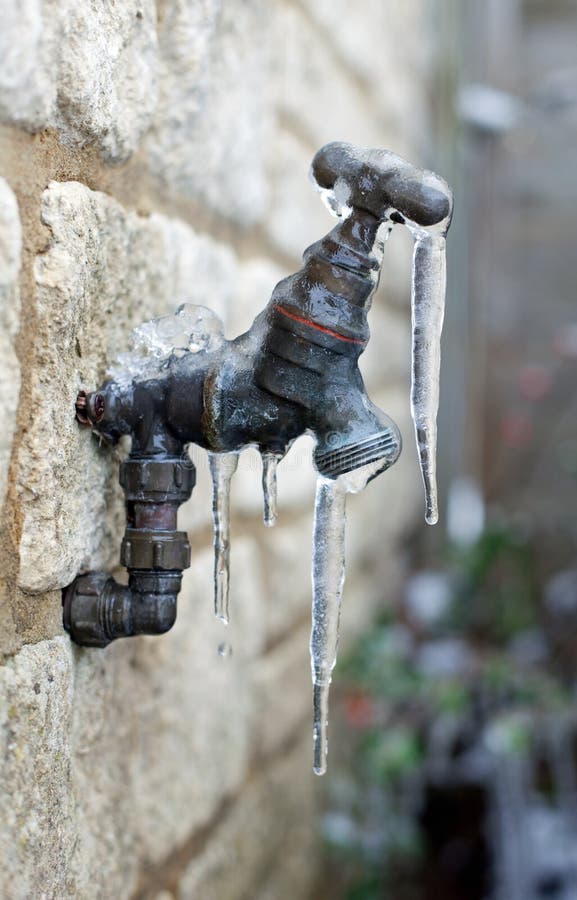How to Safeguard Your Pipes from Cold Weather: Expert Advice
How to Safeguard Your Pipes from Cold Weather: Expert Advice
Blog Article
They are making a number of great annotation relating to Winter Plumbing Precautions: Preventing Frozen Pipes as a whole in this article further down.

Winter can ruin your pipes, especially by freezing pipes. Here's just how to stop it from occurring and what to do if it does.
Intro
As temperature levels decrease, the risk of icy pipes boosts, possibly causing expensive repairs and water damage. Understanding how to prevent icy pipelines is essential for property owners in cold climates.
Understanding Icy Pipelines
What causes pipes to ice up?
Pipes ice up when subjected to temperatures below 32 ° F (0 ° C) for expanded periods. As water inside the pipes freezes, it broadens, taxing the pipe wall surfaces and potentially creating them to break.
Risks and problems
Frozen pipelines can lead to supply of water disturbances, building damage, and expensive repair work. Ruptured pipelines can flood homes and create considerable structural damage.
Indications of Frozen Pipes
Determining frozen pipelines early can stop them from bursting.
Exactly how to determine frozen pipes
Try to find reduced water circulation from faucets, unusual smells or sounds from pipelines, and visible frost on subjected pipelines.
Prevention Tips
Protecting at risk pipes
Wrap pipelines in insulation sleeves or use warmth tape to shield them from freezing temperatures. Concentrate on pipes in unheated or outside locations of the home.
Home heating strategies
Keep indoor spaces properly heated, particularly locations with pipes. Open up cabinet doors to permit warm air to distribute around pipelines under sinks.
Shielding Outdoor Pipes
Yard tubes and outdoor faucets
Disconnect and drain pipes garden tubes before wintertime. Mount frost-proof spigots or cover outside faucets with insulated caps.
What to Do If Your Pipes Freeze
Immediate activities to take
If you presume icy pipes, maintain taps open up to soothe stress as the ice melts. Utilize a hairdryer or towels taken in hot water to thaw pipelines slowly.
Long-Term Solutions
Structural modifications
Take into consideration rerouting pipes far from outside walls or unheated areas. Include additional insulation to attic rooms, basements, and crawl spaces.
Updating insulation
Purchase premium insulation for pipelines, attics, and wall surfaces. Proper insulation helps maintain constant temperatures and minimizes the risk of frozen pipelines.
Verdict
Stopping icy pipes needs positive procedures and fast responses. By comprehending the reasons, signs, and preventive measures, property owners can secure their pipes during cold weather.
6 Proven Ways to Prevent Frozen Pipes and Protect Your Home
Disconnect and Drain Garden Hoses
Before winter arrives, start by disconnecting your garden hoses and draining any remaining water. Close the shut-off valves that supply outdoor hose bibs and leave the outdoor faucet open to allow any residual water to drain. For extra protection, consider using faucet covers throughout the colder months. It’s also important to drain water from any sprinkler supply lines following the manufacturer’s directions.
Insulate Exposed Pipes
Insulating your pipes is an effective way to prevent freezing. Pipe insulation is readily available at home improvement stores and is relatively inexpensive. Pay close attention to pipes in unheated areas such as the attic, basement, crawl spaces, or garage. Apply foam insulation generously to create a buffer against the cold. You can also wrap your pipes in heat tape or thermostat-controlled heat cables for added warmth.
Seal Air Leaks
Inspect your home for any cracks or openings that could let in cold air. Seal any holes around the piping in interior or exterior walls, as well as the sill plates where your home rests on its foundation. Additionally, make sure to keep your garage door closed unless you’re entering or exiting. Leaving it open creates a significant air leak that can lead to frozen pipes.
Allow Warm Air Circulation
During cold snaps, it’s essential to allow warm air to circulate evenly throughout your home. Leave interior doors ajar to promote better airflow. Open kitchen and bathroom cabinets to help distribute heat consistently around the rooms. If you have small children or pets, be sure to remove any household chemicals or potentially harmful cleaners from open cabinets for safety.
Let Faucets Drip
A small trickle of water can make a big difference in preventing ice formation inside your pipes. When temperatures drop significantly, start a drip of water from all faucets served by exposed pipes. This continuous flow helps prevent the water from freezing. Additionally, running a few faucets slightly can relieve pressure inside the pipes, reducing the chances of a rupture if the water inside does freeze.
https://choateshvac.com/6-proven-ways-to-prevent-frozen-pipes-and-protect-your-home/

I am very excited about 6 Ways to Prevent Frozen Pipes and I hope you appreciated our entry. Kindly take the time to share this write-up if you enjoyed it. Thanks a lot for being here. Don't forget to check up our website back soon.
Contact Us Today Report this page